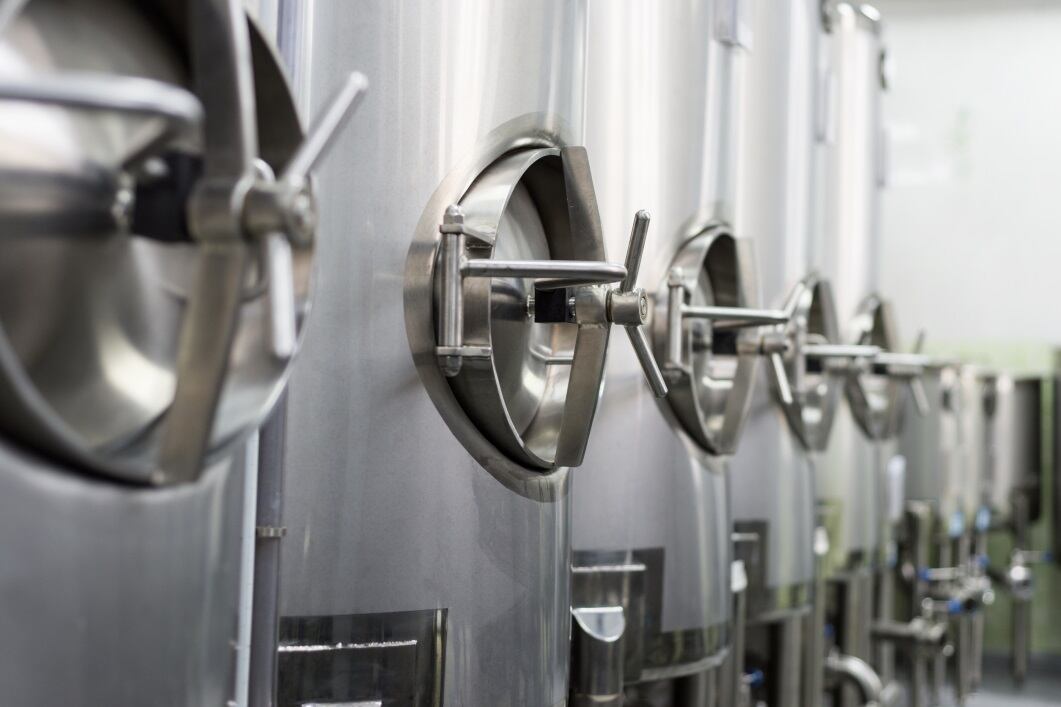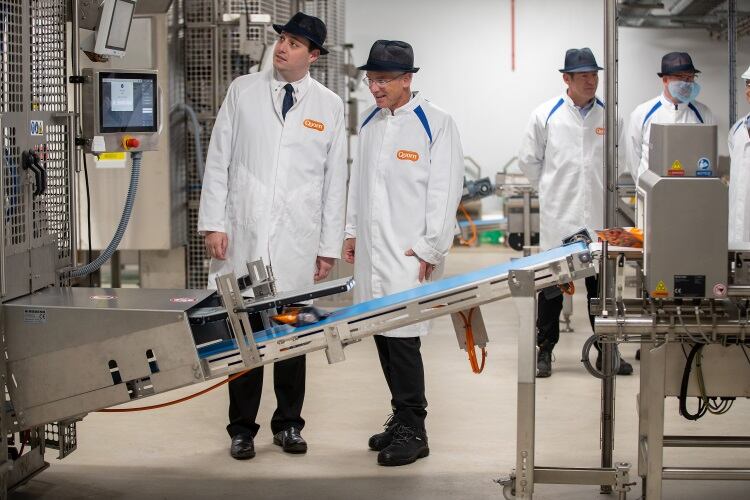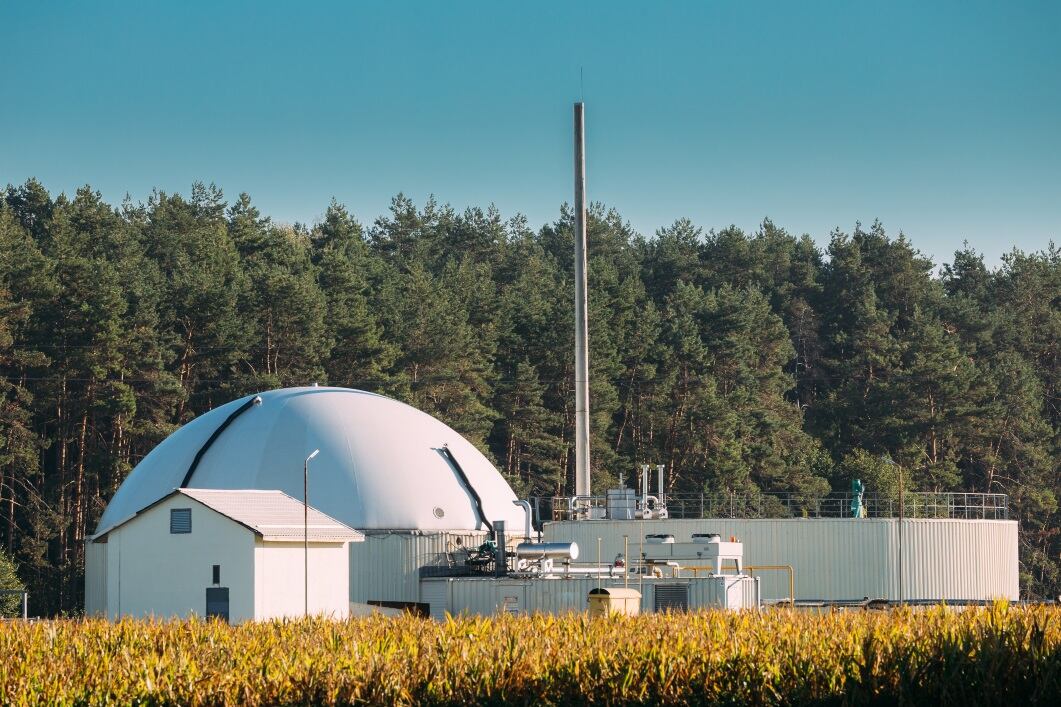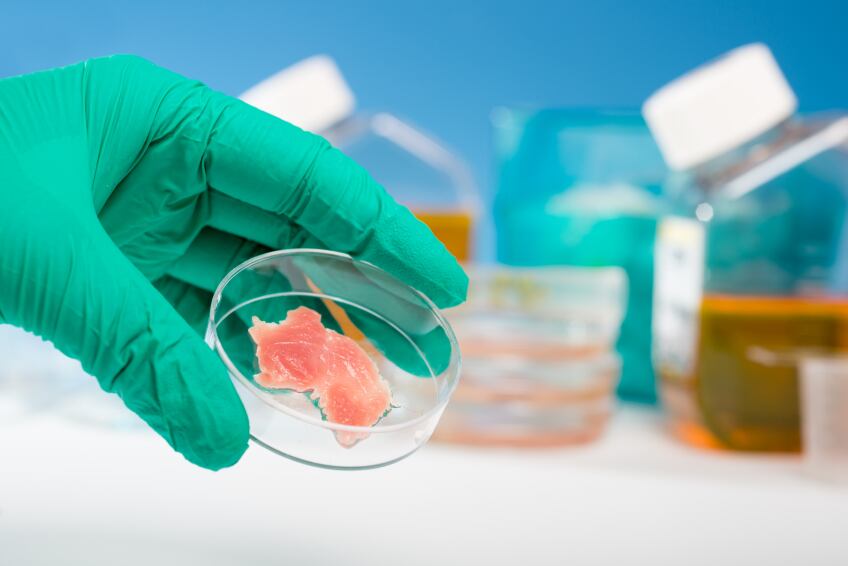The animal protein industry is ‘ripe for disruption’ due to the negative environmental, health and animal welfare consequences of industrial agriculture, non-profit GFI believes.
These factors are helping to fuel growing interest in plant-based products. Market research group Markets and Markets forecasts the global plant-based meat market will grow from US$3.6 billion in 2020 to US$4.2 billion by 2021, recording a compound annual growth rate of 17%. AT Kearney predicts that cultured and plant-based will take a 60% market share of global meat sales by 2040.
“A lot of this isn’t being driven by the vegans and vegetarians of the world but by the omnivores and flexitarians that are becoming more aware of the impacts of the animal agricultural industry on our planet. That is driving the creation of these bio mimics, where the taste and sensory attributes are replicated by using different and more sustainable sources,” Dr Welch observed.
But the GFI – an organisation set up to support innovation in the alternative protein space – believes that there is a limit to the changes people are willing to make to their diets. “We can tell people to eat healthy dishes full of greens, grains and beans. But what we see is that most people don’t want to do this,” Dr Welch observed. “Our theory of change… is to make something that people want.”
Currently, plant-based alternatives to meat, dairy and eggs face a number of formulation challenges. Food makers have worked to deliver products that offer the organoleptic profile consumers associate with animal products. However, these products are attracting mounting criticism over their long ingredient lists and nutritional content.
Speaking during a seminar on protein fermentation organised by the Israeli Fermentation Association, the Weizmann Institute of Science and the GFI, Dr Welch suggested that emerging fermentation technologies could help meet the challenge. R&D in this field represents a ‘white space’ opportunity for food innovators, he argued.
“Fermentation is the future of the alternative protein industry…The development of advanced fermentation technologies offers food innovators a variety of ‘white space’ opportunities in the high growth plant-based sector.”
Fermentation ‘central’ to plant-based and cellular agriculture

When the GFI looks at alternative proteins, it breaks the market down into three main areas: proteins from plants, fermentation and animal cell culture.
“Fermentation is central to the future of all of these areas, by either producing stand-alone protein sources or as a tech that can provide ingredients and enablers to the pant-based and cultivated meat industries. Ultimately, in the future we won’t see these three technologies as separate industry segments but rather as one large industry,” Dr Welch predicted.
“The end product, at least in the alternative protein category, can be segmented into two broad categories. One is biomass, where we are using the product of the entire microbe or cell to create a large amount of protein that can be used in a final product, or we might be using synthetic biology or recombinant protein technology to produce an individual functional protein.”

In biomass, innovative start-ups like Solar Foods and Mycotechnology, are using bacteria to consume CO2 or other side streams as a feedstock to produce a protein ingredient.
Pure-play fermented products include things like Quorn’s mycoprotein, which is based on the fermentation of fungi in bioreactors as a source material for meat analogue products.
Meanwhile, a number of companies – including Perfect Day in the US and Legindairy in Germany – are using fermentation to produce specific functional proteins, from dairy proteins, to egg proteins and gelatine.
Fermentation to boost plant-based taste and texture
Fermentation can be used to produce ingredients that improve the performance of plant-based products.
One of the key challenges facing the plant-based industry is how to get globular plant proteins to act like animal proteins, which are fibular and cross-lined in nature. This is what supplies the texture and mouthfeel associated with meat.
Today, the industry largely relies on mechanical methods such as twin screw extrusion using high pressures and temperatures to restructure protein concentrates and isolates to create textured vegetable proteins.
“One area… where there are a lot of white space opportunities is the use of chemicals or enzymes to modify proteins,” Dr Welch suggested. “There is some work that has been done to use enzymes… but this area is really ripe for innovation to think about the type of textures we can create for these plant-based meat, egg and dairy products. How we can use an enzyme or different groups of enzymes.”
Fermentation can play an important role here through the creation of novel enzymes to modify texture.
Fermentation could also be used to address some of the other sensory challenges facing the plant-based meat industry, the GFI science lead continued. “We can optimise flavour and functionality through unique additives. We can even recapitulate the experience of cooking and identify the aromas produced during the cooking of a burger, say, and produce those through fermentation.
“Even novel compounds to improve the taste and texture through fat encapsulation can be created through fermentation,” he continued.

The team at Impossible Burger identified soy leghaemoglobin as a plant-based source of the red colour and meaty flavour. It is, however, ‘difficult to extract’. Dr Welch explained that this prompted the Impossible R&D department to synthesise the ingredient using recombinant protein technology. The leghaemoglobin used in the Impossible Burger is produced by yeast.
“There are lots of opportunities to look at other compounds that might be important in the taste and flavour of meat, identify these compounds in plant sources and synthesise them through fermentation technology to provide new and better ingredients for the plant-based meat industry.”
Fermentation could also be leveraged to boost the nutrition profile of plant-based products by replacing the current fats used.
“If we think about how rapidly this industry is going to grow we need a toolbox of fats for use in these plant-based meat, egg, and dairy alternatives. From a sustainability and resource perspective.
“Hopefully they will have different functional attributes too and this is where fermentation can play a really critical role of identifying the types of fats that we need to provide the appropriate nutritional profile for a plant-based meat products and the right functional characteristics, engineering these and then manufacturing through fermentation.”
Fermentation for cultured meat

Fermentation could have a role to play in the cultured meat space as it moves to commercial scale, Dr Welch continued.
“One of the main challenges is facing the cultured meat industry is the requirement in the future, when the industry becomes commercial, of very large volumes of inexpensive raw materials.”
Currently, the growth medium used to grow animal cells by the cultured meat sector is expensive. Bringing this cost down is key to lowering the cost of production for in-vitro meat.
“There are a lot of opportunities in fermentation to think about how we can engineer these growth mediums and then use microbial fermentation to produce large amounts for the cultivated meat industry,” the GFI science lead suggested.
Big impact opportunities
“In the future we will be able to reverse engineer a bacon cheeseburger using fermentation as a central technology because fermentation expands your ability to innovate with both plant proteins and mammalian cells,” Dr Welch predicted.
“Enzymes can improve protein functionalisation or regulation by restructuring those proteins. We can use fermentation-derived ingredients to enhance the flavour or texture of a plant-based product. We can use fermentation to produce growth factors that will aide in the production of cultivated meat and we can even use fermentation to produce 100% fermentation derived ingredients, such as synthetic dairy proteins.”




